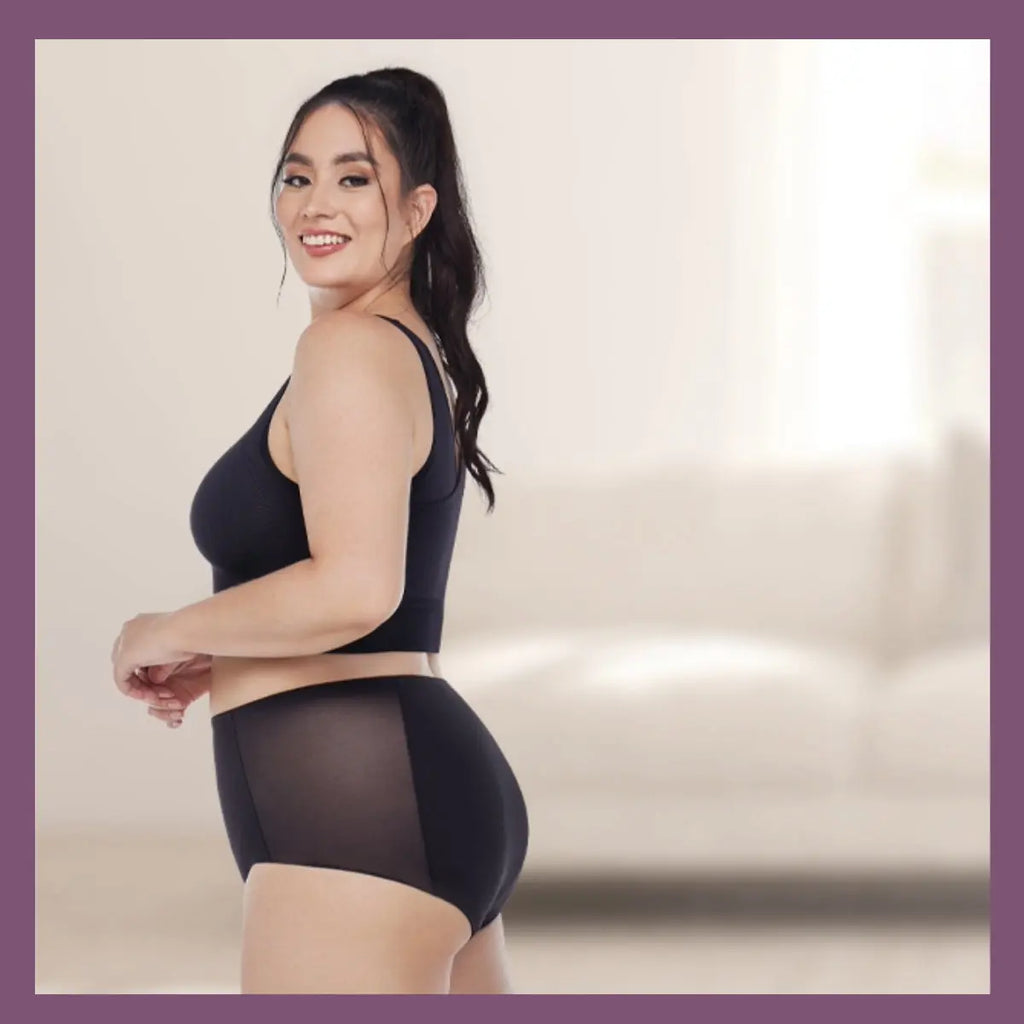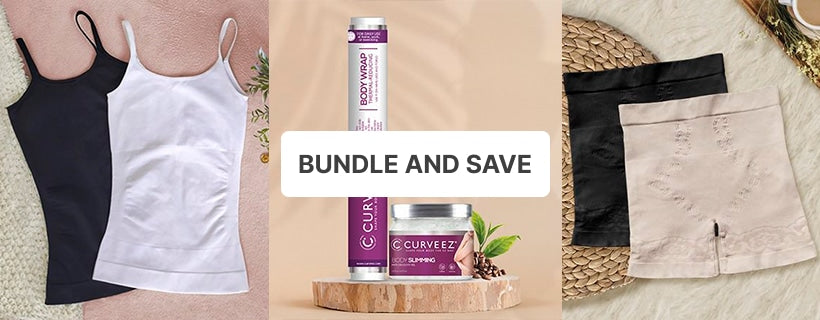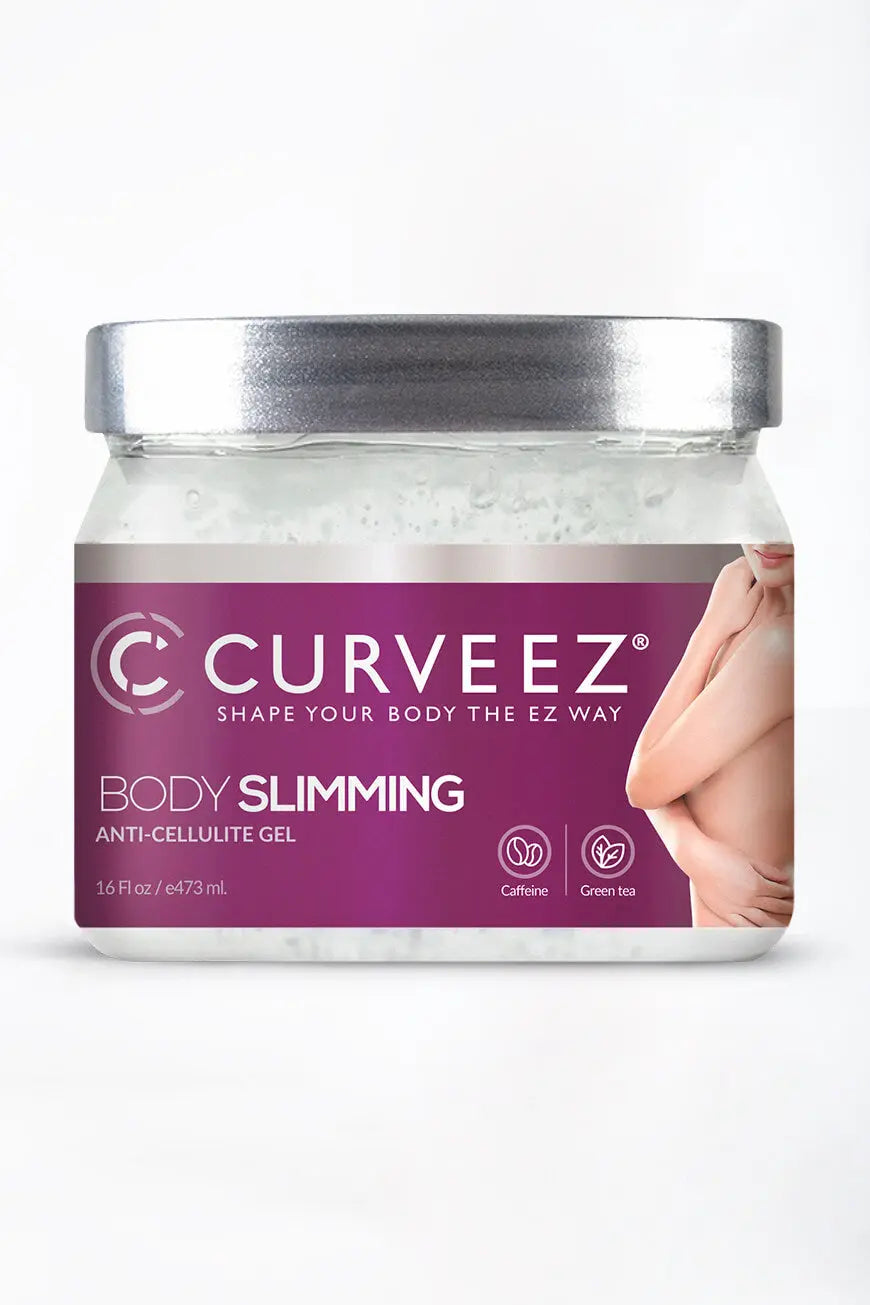
The Evolution of the Shapewear Industry
The shapewear industry, valued at $2.4 billion in 2022, transcends mere economic growth, embodying a cultural shift in fashion and self-image.
This impressive valuation highlights shapewear's evolution from a simple accessory to an integral expression of personal style and confidence.
In 2022, the global shapewear market was valued at an impressive USD 2665.63 million and is forecasted to reach USD 4245.12 million by 2028, expanding at a CAGR of 8.06%.
The industry's embrace of inclusivity and diversity has reshaped its identity. Beyond offering a range of sizes, shapewear brands are challenging outdated norms and empowering users to celebrate their bodies with confidence and pride. This evolution reflects a shift in social attitudes towards body diversity.
The increasing visibility of shapewear in contemporary fashion is a clear indicator of its mainstream integration.
Once a hidden, intimate garment, it now plays a prominent role in fashion outfits, enhancing natural silhouettes and offering versatility in dressing.The adaptability of shapewear brands to changing consumer opinions and trends has been crucial for their success. This adaptability is not only reflected in design and style but also in their approach to health and wellness, demonstrating a deep understanding of the modern consumer's needs and desires.
The Rise of Technology in Shapewear

The integration of advanced technologies in shapewear signifies a revolution in the industry.
Innovations in fabric technology, such as the use of adaptive materials that adjust to varying body shapes, offer unparalleled comfort and fit. This technological leap is changing how consumers perceive and use shapewear, making it an essential rather than a luxury.
The advent of eco-friendly and sustainable shapewear aligns with the growing global consciousness about environmental impact. Consumers now seek products that not only meet their aesthetic and functional needs but also align with their values, prompting brands to explore sustainable materials and ethical production methods.
Innovative materials such as microfiber and synthetic fabrics, emphasizing comfort and a seamless experience, are at the forefront of shapewear evolution, aligning with the growing focus on health and wellness.
The use of data analytics and artificial intelligence in shapewear design is a trendsetting shift.
By harnessing these technologies, brands are offering products that cater to individual body types and preferences, creating a highly personalized shopping experience. This approach is elevating the standard of shapewear to new heights, offering bespoke solutions to consumers.
The potential for wearable technology integration in shapewear opens new avenues for health and wellness applications. Features like temperature control, moisture management, and even connectivity with health monitoring apps are in the realm of possibility, transforming shapewear from fashion accessories into wellness tools.
Market Expansion and Consumer Demand

The global expansion of the shapewear market reflects changing social norms around body image and fashion.
As people worldwide embrace diverse body types, the demand for inclusive shapewear options grows, signaling the industry's potential for further growth and diversification.
Social media and influencer marketing significantly impact the popularity and acceptance of shapewear. Influencers endorsing shapewear products normalize it as everyday attire, contributing significantly to its market growth.
The expansion of e-commerce and the rising demand for shapewear among men, driven by fitness goals and body image consciousness, are diversifying the market.
The increasing focus on health and wellness has spurred demand for shapewear that offers more than aesthetic benefits.
Consumers now seek products that provide physical support and enhance overall well-being, broadening shapewear's appeal.
The rise in disposable income globally has also contributed to the market's expansion. As consumers have more to spend, they are increasingly drawn to high-quality, premium shapewear, fueling growth in the luxury segment of the market.
Competitive Landscape in the Shapewear Market

The shapewear market's competitive landscape is characterized by innovation and rapid change.
As global and local players compete for market share, they push the boundaries of design and functionality, ensuring a constant influx of new and improved products.
Customer experience has become a key battleground for shapewear brands. Investments in enhancing the shopping experience, both in-store and online, are crucial for building brand loyalty and driving sales.
Innovative marketing strategies, including virtual try-ons and augmented reality, are being employed to engage consumers.
These technologies not only enhance the buying experience but also help in building a stronger connection between the brand and the consumer.
Key industry players, like Wacoal and Spanx, are driving innovation through R&D investments and strategic mergers, shaping the market's competitive landscape.
The shapewear market is witnessing an increase in collaborative efforts and partnerships.
These collaborations, ranging from celebrity endorsements to cross-branding initiatives, play a significant role in shaping consumer preferences and driving market trends.
Social media influence, fashion trends, and celebrity endorsements are significantly boosting shapewear's popularity, highlighting its health and apparel benefits.
As we look ahead to 2024, the shapewear industry is poised to redefine fashion and comfort. With advancements in technology and a firm commitment to inclusivity and wellness, it's not just responding to current trends — it's setting them.
This dynamic industry is crafting a narrative of empowerment and style that resonates well into the future, promising innovative solutions that cater to the diverse needs of its expanding consumer base.








